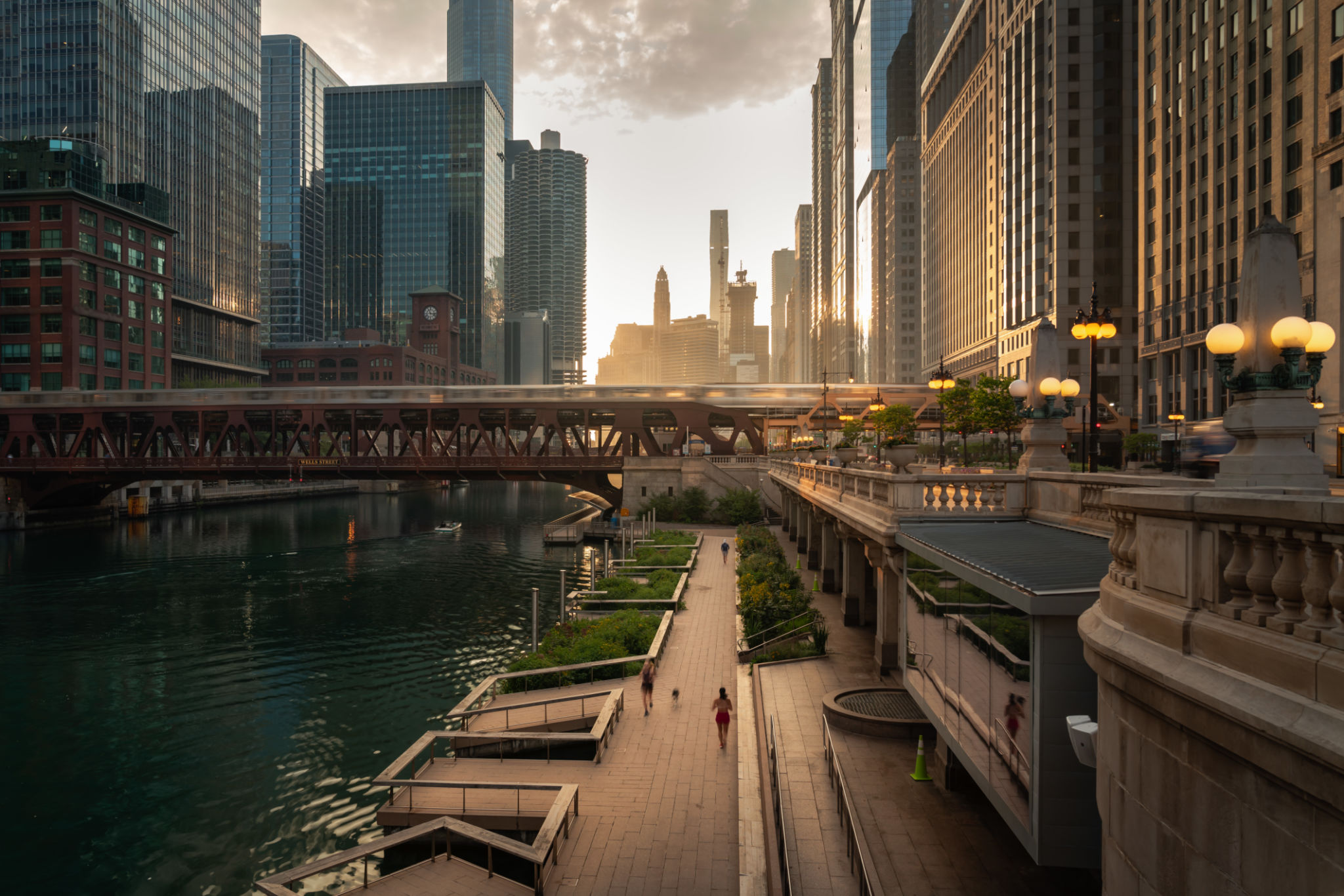The Difference Between Amateur and Professional Photography in Chicago
Understanding Amateur Photography
Amateur photography often begins as a hobby or a passion project. In Chicago, a city brimming with architectural marvels and vibrant street scenes, the appeal to capture moments is irresistible. Amateur photographers typically use standard consumer cameras and rely on automatic settings. They may not have formal training, but they possess a genuine enthusiasm for capturing images.
The primary goal for amateurs is usually personal satisfaction and sharing their work with friends or on social media platforms. While their photos can be quite striking, they often lack the technical precision and creative flair that come with professional experience.

Professional Photography Explained
Professional photographers in Chicago bring a wealth of knowledge and experience to their work. These individuals have often spent years honing their skills and understanding the nuances of lighting, composition, and editing. They use high-end equipment and advanced software to produce images that meet the highest standards of quality.
Professionals are often hired for events, commercial shoots, or artistic projects. Their work is characterized by a meticulous attention to detail and a deep understanding of how to manipulate various elements to achieve the desired outcome. This level of expertise allows them to consistently produce stunning images that stand out.

Equipment Differences
One of the most noticeable differences between amateur and professional photography is the equipment used. Professional photographers invest in high-quality cameras, lenses, and accessories. This gear allows them to capture images with greater clarity and precision, even in challenging lighting conditions.
In contrast, amateurs might use entry-level DSLRs or even smartphones. While these devices are capable of taking good photos, they lack the advanced features that professionals rely on to create exceptional images.
Skill Level and Training
Professional photographers have usually undergone formal training or have gained extensive experience through years of practice. They understand the technical aspects of photography, such as aperture, shutter speed, and ISO, and how these elements interact to create the perfect shot.
Amateurs may not have this level of understanding, but they often make up for it with creativity and passion. However, without the technical knowledge, it can be challenging for them to consistently produce high-quality images.

The Role of Post-Processing
Post-processing is another area where amateurs and professionals differ significantly. Professionals often use sophisticated editing software like Adobe Lightroom or Photoshop to enhance their images. They understand how to adjust colors, remove imperfections, and add creative effects to make their photos stand out.
Amateurs might use basic editing apps or filters available on their phones. While these tools can improve an image, they lack the depth and control offered by professional software, which can significantly impact the final result.
The Impact on the Final Product
The combination of superior equipment, expert skill, and advanced post-processing techniques allows professional photographers to deliver high-quality images that are polished and impactful. Whether capturing Chicago’s iconic skyline or intimate family portraits, professionals ensure that every detail contributes to a cohesive and visually appealing final product.
In comparison, amateur photographs might capture the essence of a moment but may fall short in terms of technical excellence and artistic composition. However, the joy of capturing an image can be just as fulfilling for amateurs as it is for professionals.
